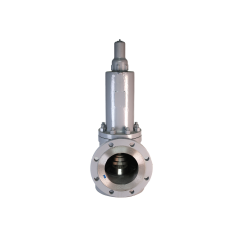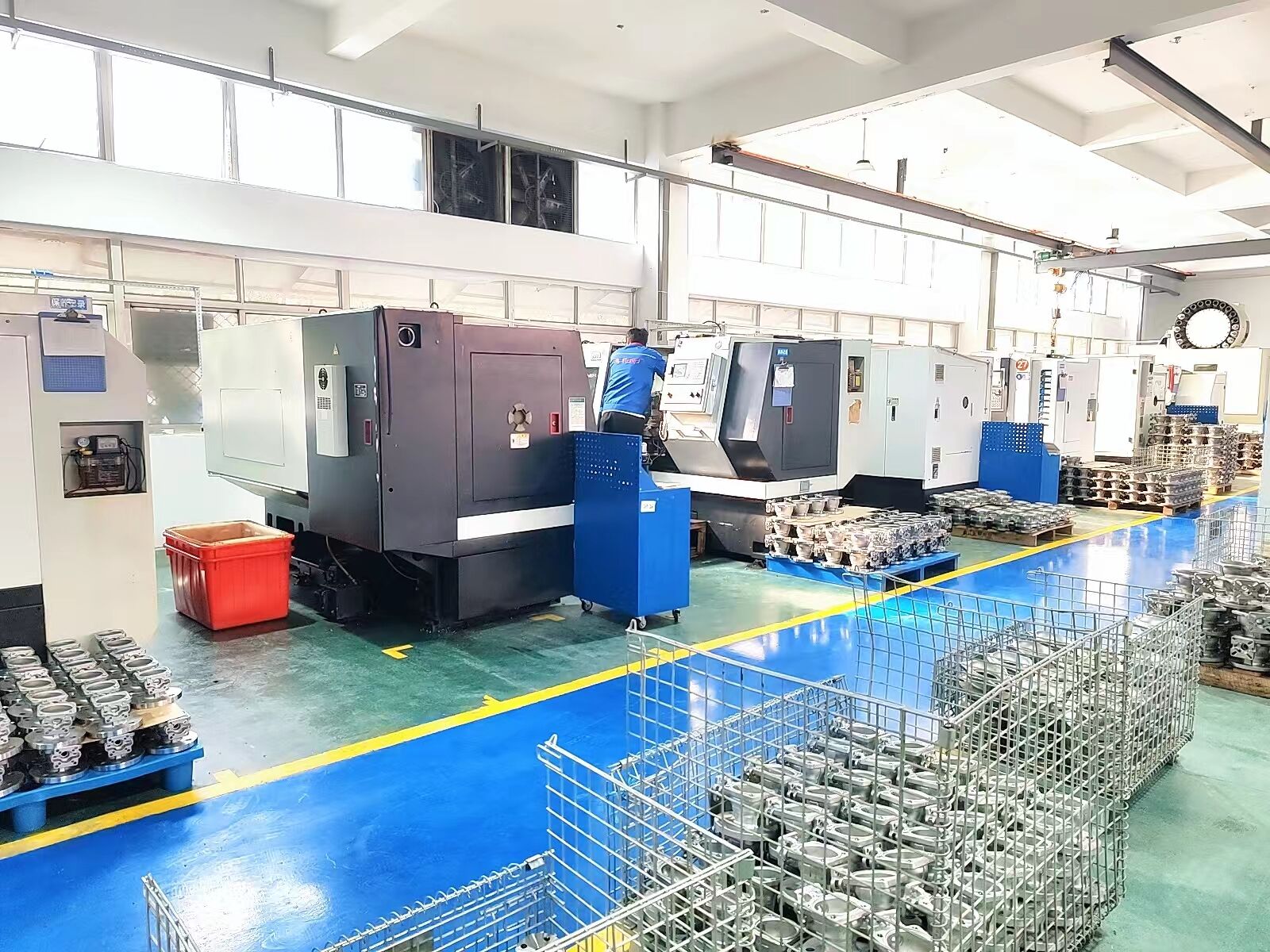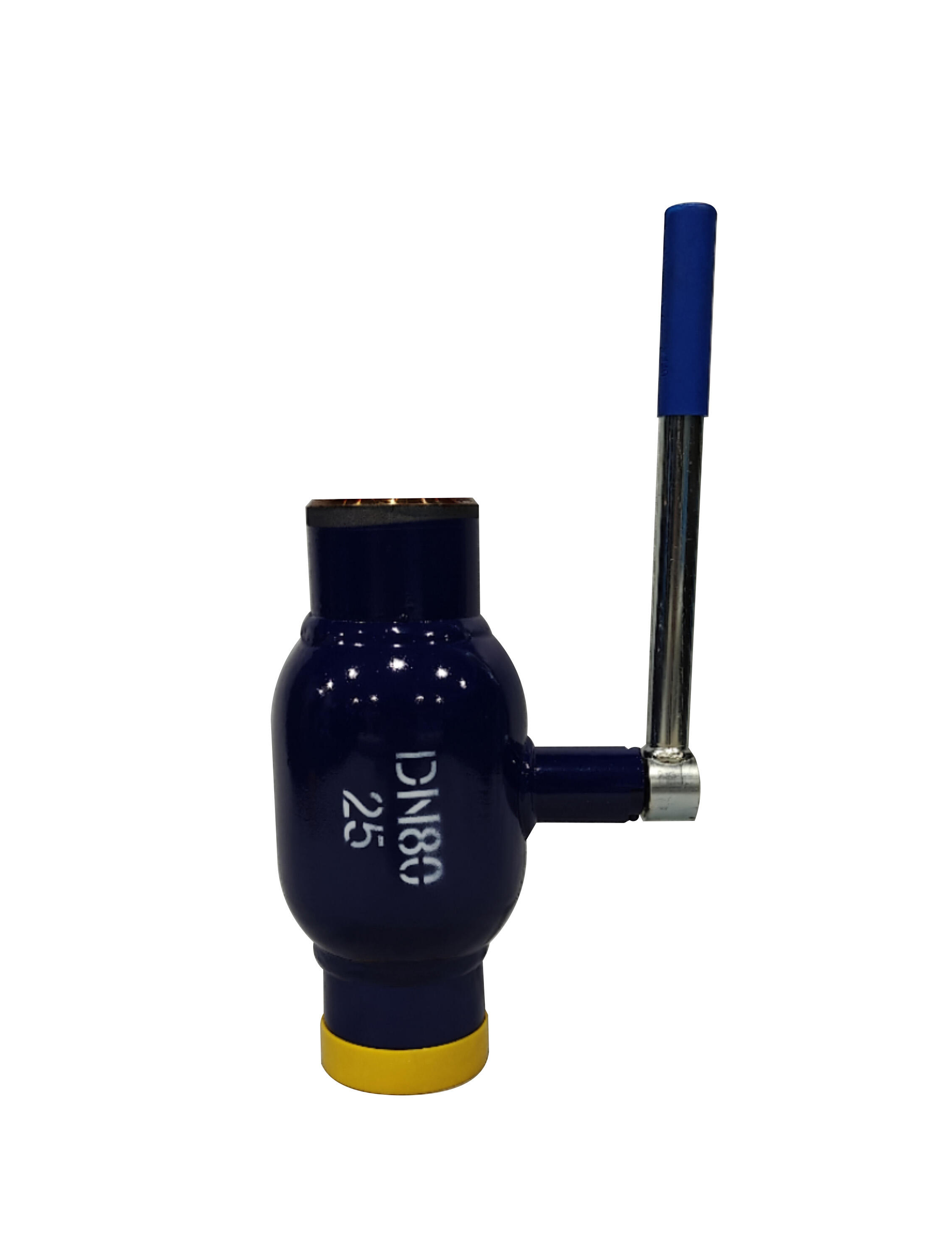dimensionamento da válvula de alivio de presión do gas
O dimensionamento da válvula de alivio de presión do gas é un proceso de enxeñaría crítico que garante o funcionamento seguro e eficiente dos sistemas de presión. Este procedemento de cálculo sofisticado determina as dimensións e especificacións óptimas das válvulas de alivio, que actúan como dispositivos de seguridade esenciais no equipamento de procesamento de gas. O proceso de dimensionamento ten en conta múltiples factores, incluíndo caudais máximos, presións de operación, condicións térmicas e as propiedades específicas do gas manexado. Os enxeñeiros deben considerar tanto as condicións normais de funcionamento como escenarios de emerxencia posibles ao determinar o tamaño axeitado da válvula. O proceso implica cálculos complexos que inclúen coeficientes de descarga, parámetros de fluxo crítico e efectos da presión de contrapresión. Os métodos modernos de dimensionamento utilizan ferramentas computacionais avanzadas e ecuacións estándar do sector para obter resultados precisos. Estes cálculos garan que a válvula seleccionada poida protexer axeitadamente o sistema contra situacións de sobrepresión mentres mantén a eficiencia operativa. O proceso de dimensionamento tamén ten en conta os requisitos de instalación, a accesibilidade para o mantemento e o cumprimento das normas e regulamentos de seguridade aplicables. Esta aproximación integral axuda a previr fallos no sistema, reduce os custos de mantemento e garante a fiabilidade a longo prazo dos sistemas de alivio de presión.


